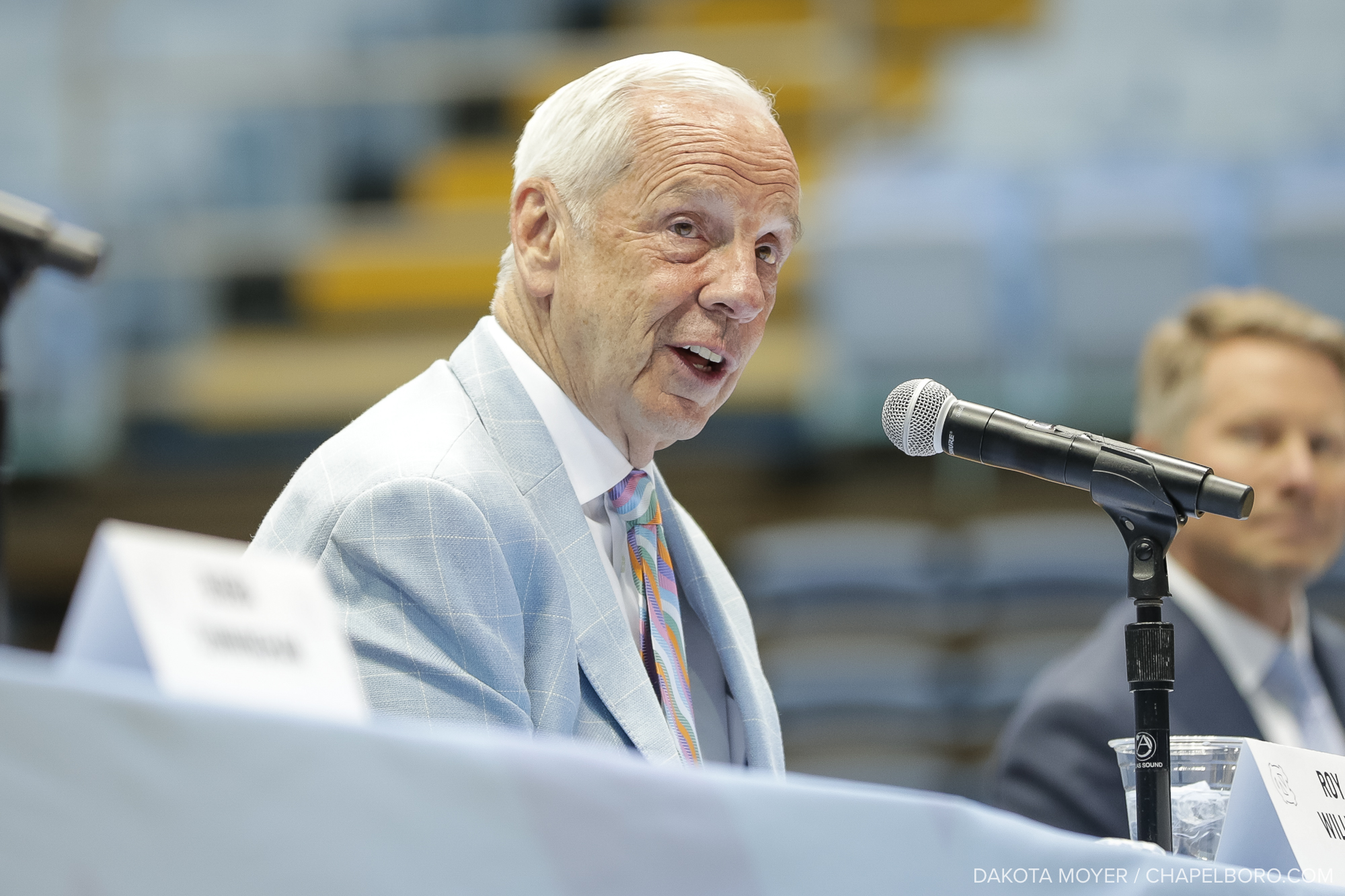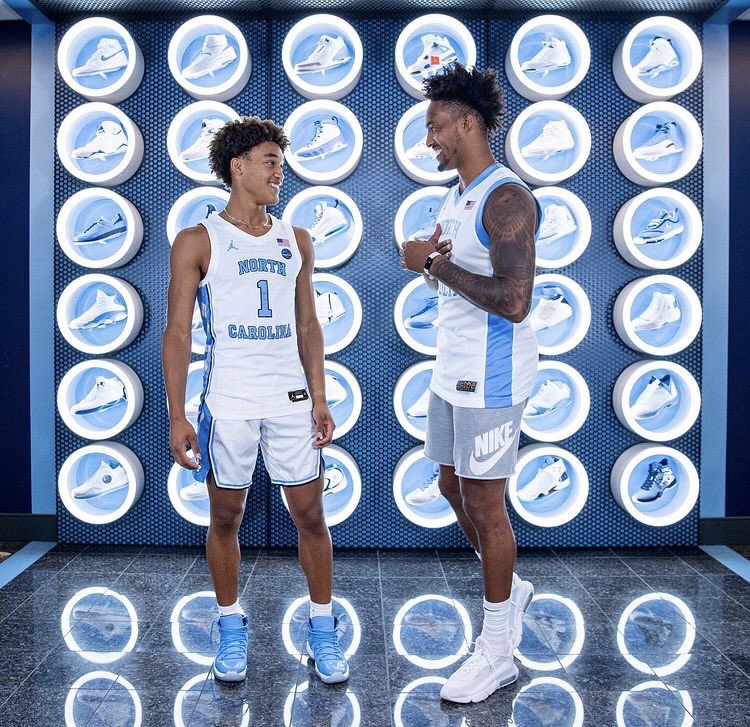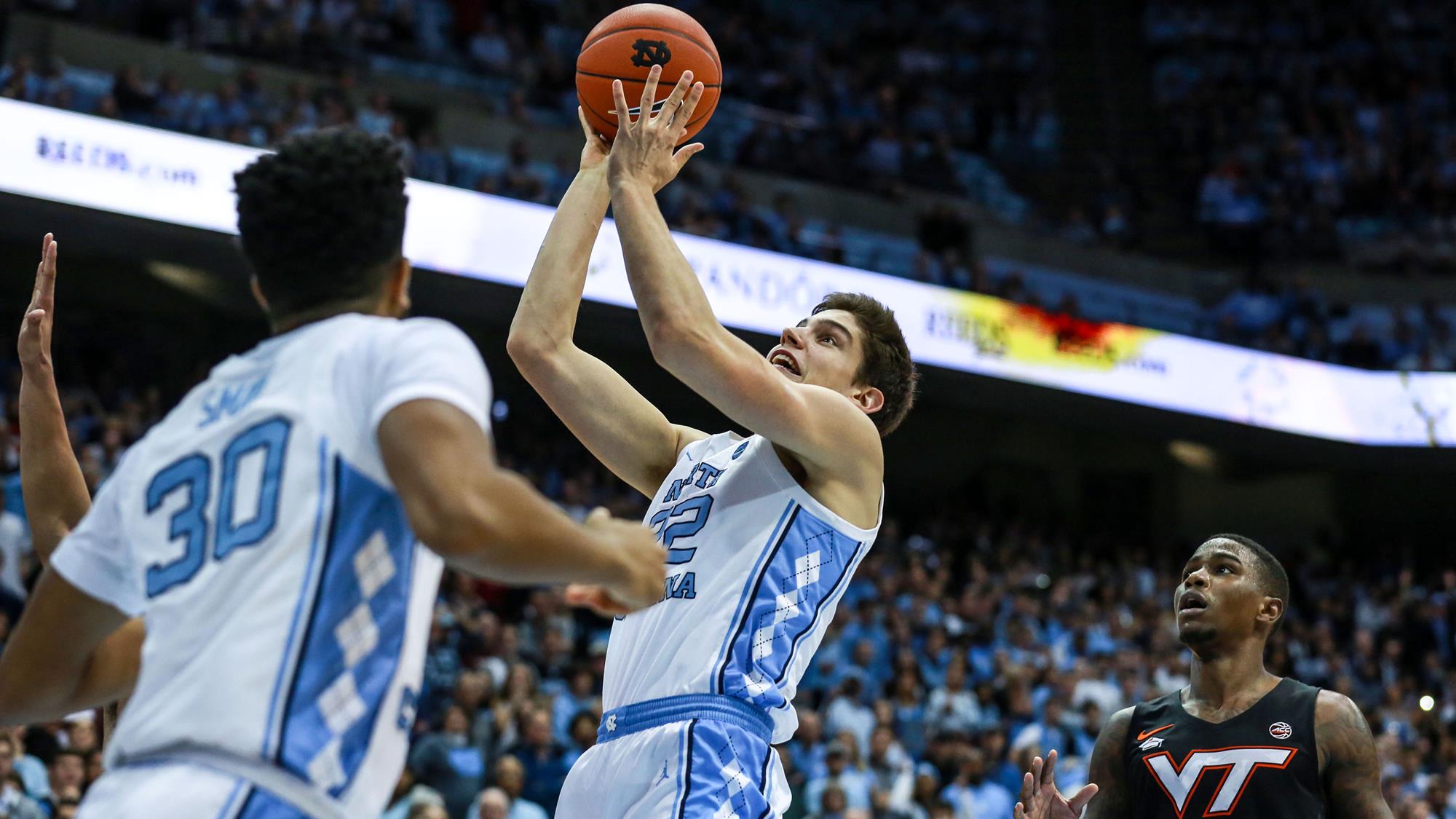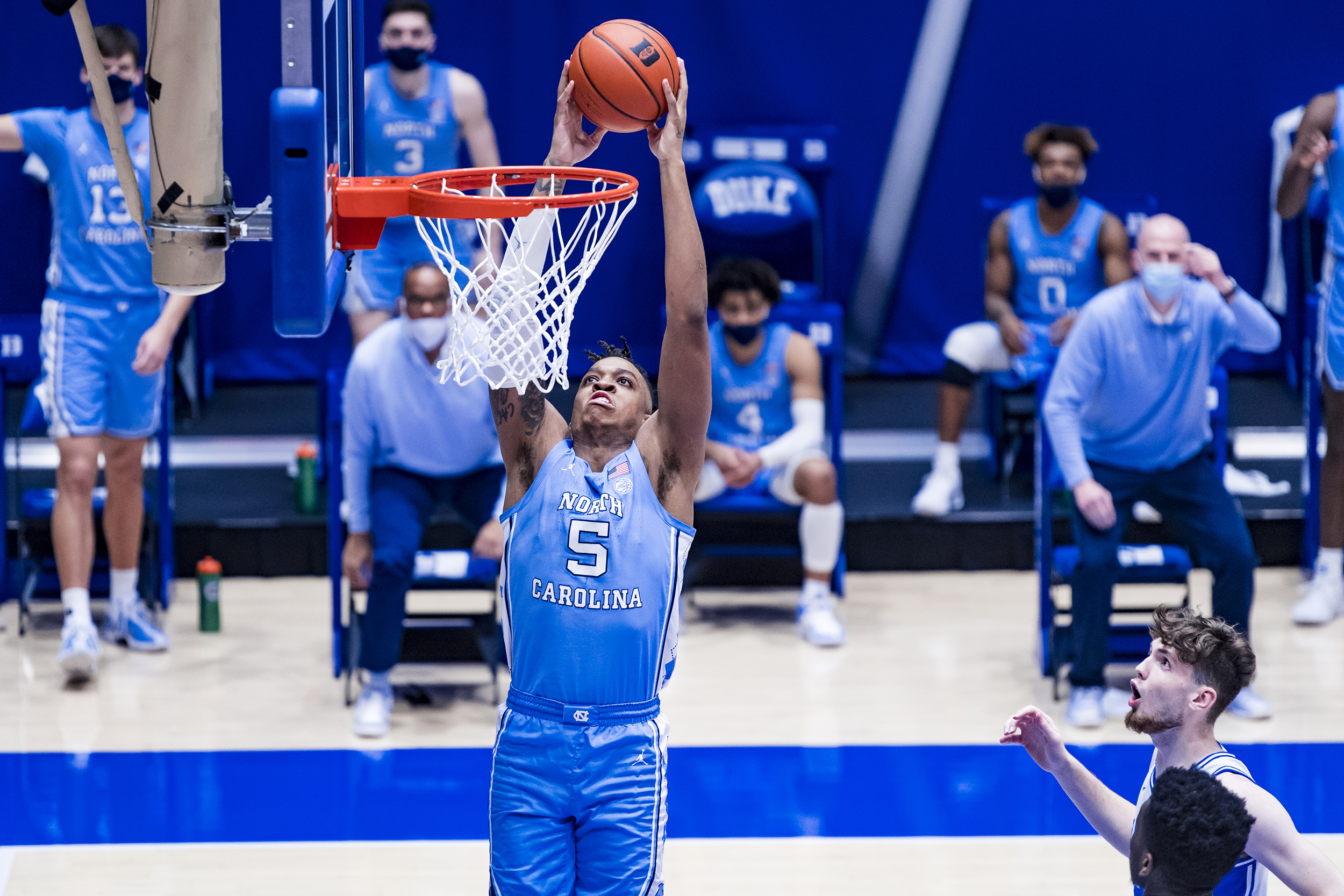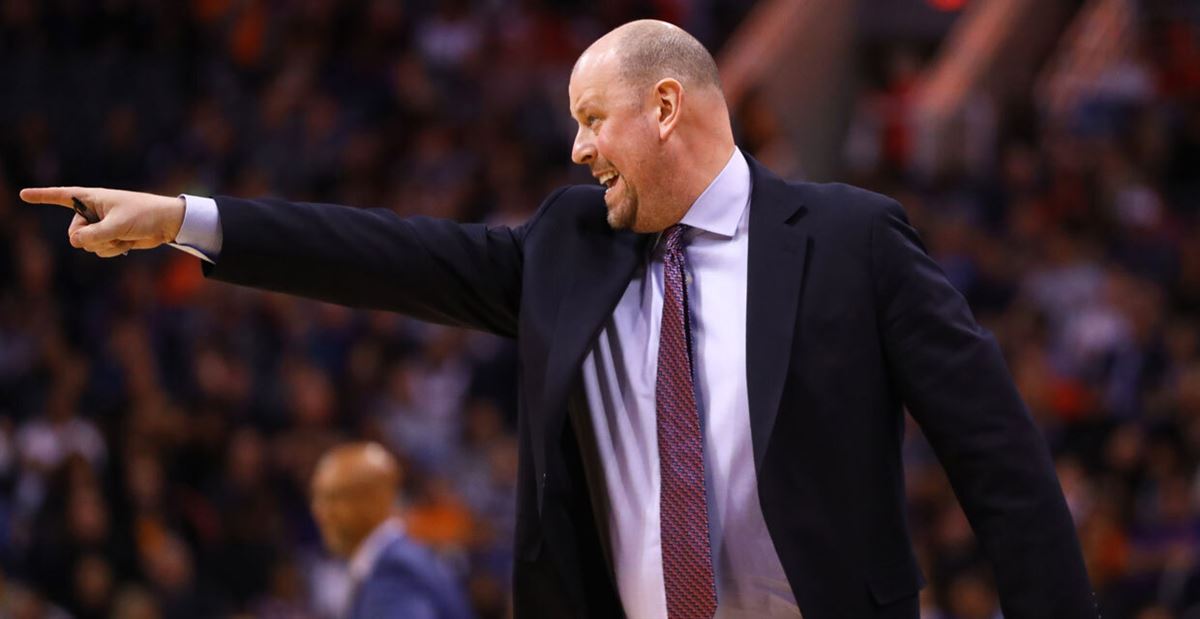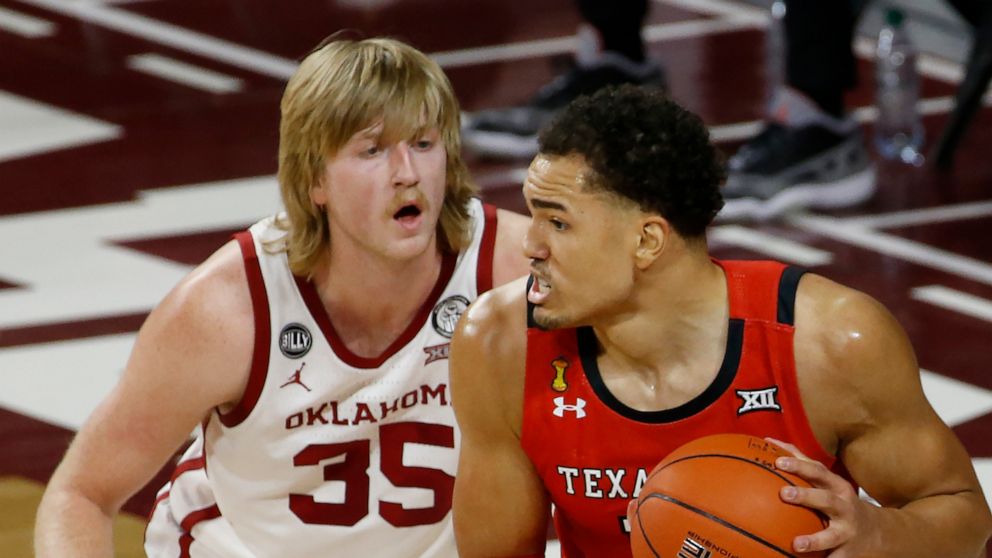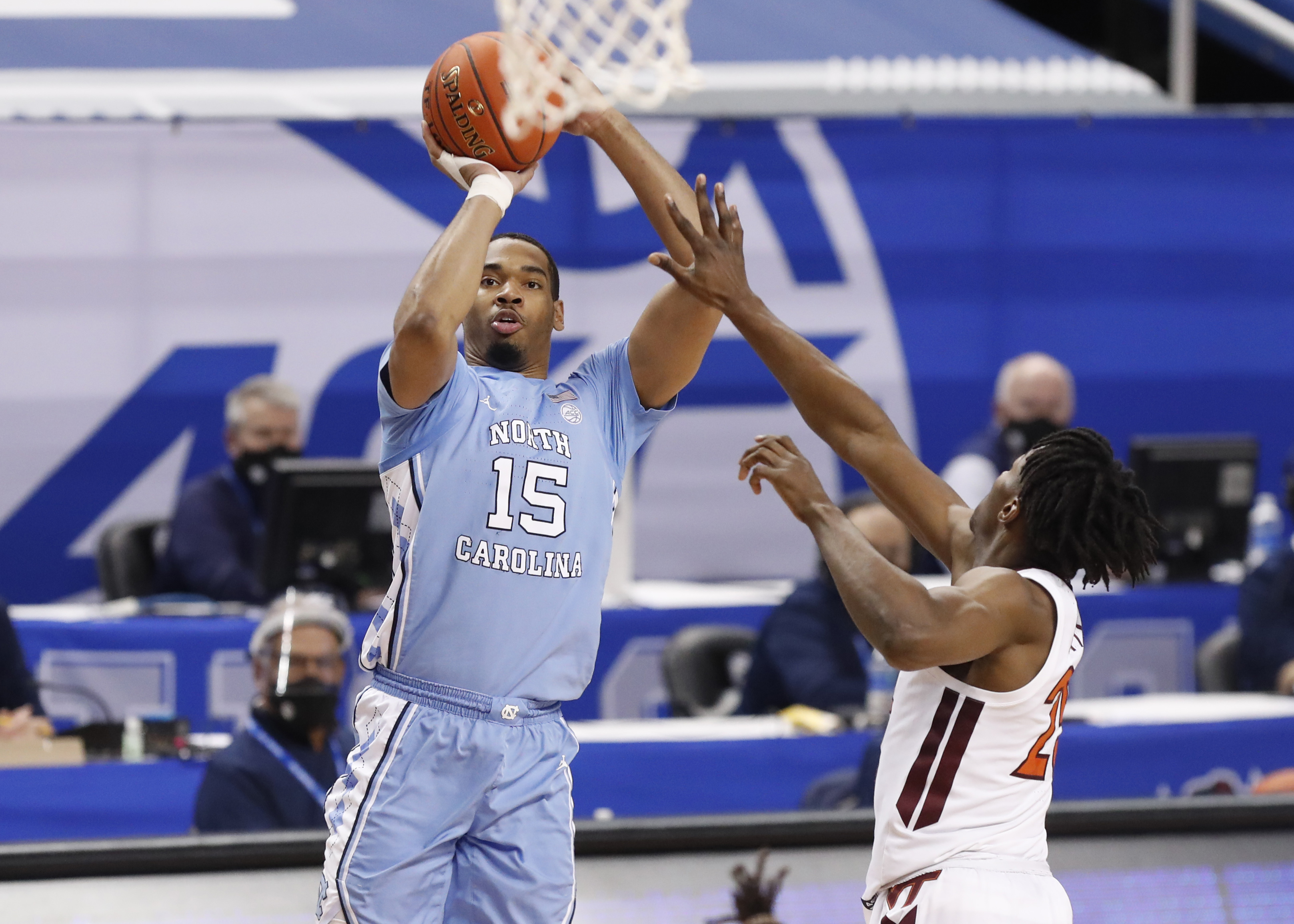If there’s one thing that nearly every UNC basketball fan has come to have in common over the last four years, it’s a natural reaction to shout, “NOOOOO!!!” anytime senior wing Theo Pinson finds himself wide open with the ball behind the three-point line.
For as talented and confident as he is, the 6-foot-6-inch former McDonalds All-American has compiled a 24.7 career percentage on a whopping 147 attempts from beyond the arc.
Still, though, the statistics didn’t do much to dissuade Pinson–who is as good a passer and an athlete as they come at the college level–from letting it fly whenever he had the chance.
Not until recently, that is.
After beginning this season 2-for-19 from three-point range over UNC’s first six games, Pinson has shot just one (a miss) over the Tar Heels’ last three outings. Instead, he’s opted to drive to the basket and use his creativity–either to make plays at the rim or for his teammates.

UNC senior wing Theo Pinson has made a concerted effort recently to make plays off the drive rather than shooting three-pointers. (Todd Melet)
In wins over Michigan (.548) on Wednesday and Tulane (.655) on Sunday, UNC posted its two best field goal percentage performances as a team. Against Davidson last Friday, Pinson attempted just four shots total–all while racking up five assists and six rebounds.
Not surprisingly, Pinson held at least a share of the team lead in assists in all three of these games.
Compare that with UNC’s only loss this year, which came at the hands of then-No. 4 Michigan State. In that game, Pinson scored 16 points–but went 0-for-5 from three-point range and failed to record a single assist.
“We’ve had a discussion,” head coach Roy Williams told reporters after the win over Tulane. “He’s 2-for-20 from the three-point line and he’s one of the best playmakers that I’ve ever coached. So why should you stand out there and shoot the ball like that?”
When a perimeter player struggles to make deep shots, many opposing coaches opt to have their defenders sag off of them in order to clog up the middle of the floor–essentially treating the open three as a non-threat.
Many teams have reached the point of daring Pinson to shoot the ball from three-point range, as they choose instead to respect his driving and passing abilities.
What’s happened now, though, is that Pinson has realized he’s often still capable of making something happen regardless of the defensive schemes.
“It’s mainly just reading my defender,” he said. “When they come out a little lackadaisical, I feel like I have an advantage over them. So, I just attack their top foot–and if I get you, I’m by you.”
Asked about his private conversation with Williams, Pinson didn’t waste words.
“He just said, ‘Do what you do best.’ And that’s going to the basket,” he said. “As you’ve seen, most of the time I go to the basket, good things happen.”

Pinson has held at least a share of the team lead in assists after six of UNC’s nine games this year. (Todd Melet)
During his sophomore campaign, the Tar Heels reached the national championship game against Villanova despite shooting just over 32 percent from three-point range for the entire season (268th nationally).
Last year’s squad–which won the whole darn thing even with Pinson jacking up ill-advised threes–ended up 154th in the country with a 35.5 percent rate.
With Pinson’s stats included, UNC is shooting a similar 35.5 percent from three-point range and ranks 157th nationally in that category so far this year.
If you factor his shooting numbers out, however, the rest of the Tar Heels are a combined 57-for-146 from distance–a 39 percent clip which would currently rank 56th out of 351 eligible NCAA Division I teams.
Pinson is also averaging career highs in points (10.0), rebounds (5.4) and assists (4.1) this season, after battling injury woes for a good portion of his first three years in Chapel Hill.
Some of that is due to an increase in playing time, sure, but his ability to find lanes to the basket has been invaluable to this team–especially now that he’s ditched taking long shots in order to do it more often.
If he doesn’t find an easy shot at the rim, Pinson’s drives still usually force the defense to slide someone else over to help stop him–thus creating wide open looks for UNC’s shooters like Kenny Williams, Luke Maye and Joel Berry.
“That’s what he does,” Berry said. “He’s a great playmaker. When he can get all the way to the rim and make a layup, that makes it even better.
“But him just being aggressive and being the Theo that we know he is, that just makes our team a lot better,” he added. “It helps him because with me, Luke and Kenny out on the perimeter shooting the ball the way we are—we want him to be able to get to the basket and get a layup or create a play for us.”
Only time will tell if Pinson continues to ignore the natural instinct to let the ball fly, but so far the change to his game has created nothing but positives for the Tar Heels.
Cover photo via Todd Melet

